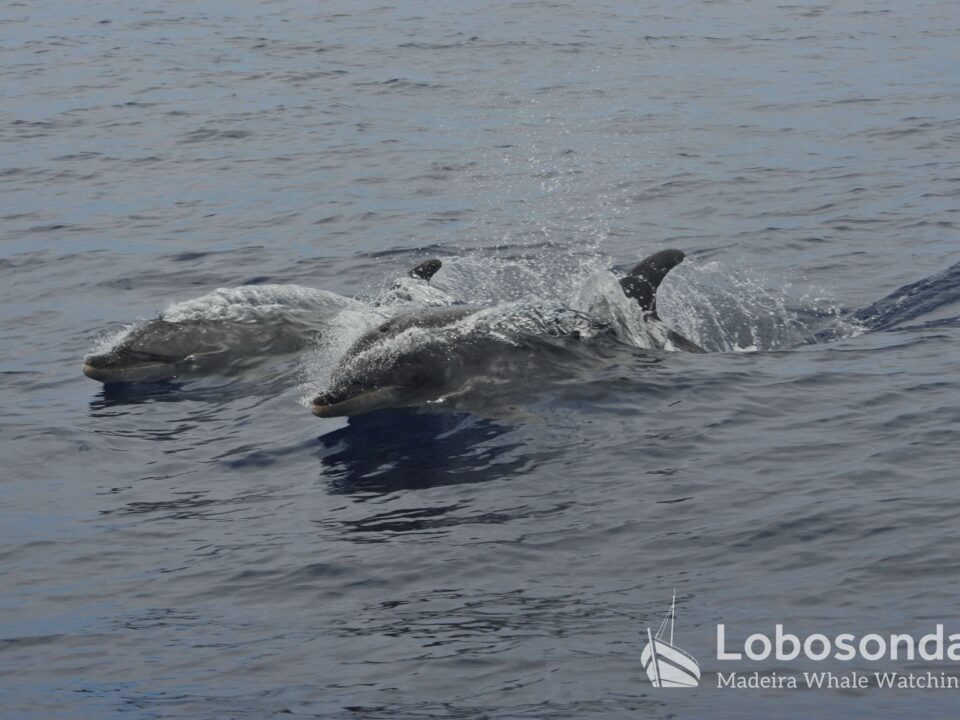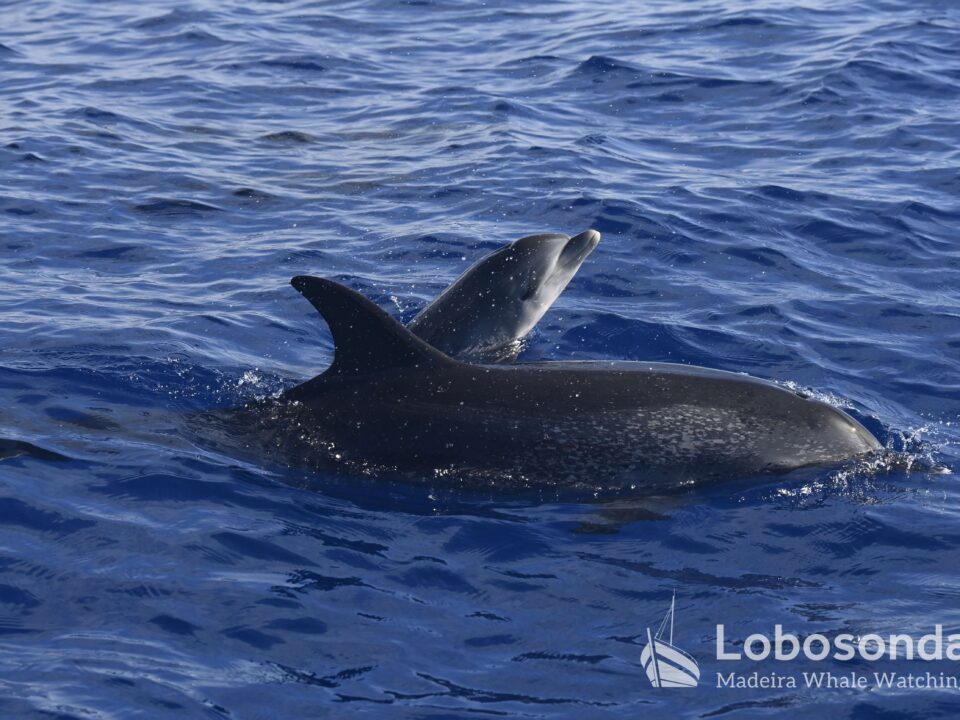
05.01.2023 – Starlet
January 12, 2023
07.01.2023 – The catch
January 15, 2023Synchrony has more meaning than people think with dolphins. Swimming in synchronised, coordinated formations allows dolphins to hunt better and to socialise better. This was clearly visible in the pod of Short-beaked common dolphins (Delphinus delphis) we met this morning on board both our boats. The pod of around 30 animals was far offshore, with a handful engaged in a spectacular Halfbeak (Belone belone) hunt. Within the calm group a few individuals were swimming as duos and trios, surfacing and changing direction simultaneously. Such synchronisation can be seen as a representation of the unity between dolphins and helps them express solidarity to one another. During hunting synchrony and coordination between dolphins is essential and helps them successfully catch their prey. When hunting Halfbeaks, common dolphins work strategically as a team and circle their prey before leaping through the school of fish.
It was a wonderful sighting and our team was in for another surprise! Right at the entrance of the marina, a Mediterranean monk seal (Monachus monachus), the rarest seal species in the world, surfaced to breathe between a few five minute dives. It was a fantastic finale for our morning tour and the perfect beginning for our zodiacs afternoon tour, preceding a sighting with Bottlenose Dolphins (Tursiops truncatus) and Short-beaked common dolphins. Monk seals live in four scattered colonies around the world, each with an unfortunately tiny amount of individuals. Around 30 individuals live in Madeira, with each animal weighing between 300-350kg and with a life expectancy of 45 years. Long-lived animals tend to be the more vulnerable but the regional government is doing its utmost to conduct consistent research and efficient conservation with the local colony. What a fantastic day!
By Paula Thake
Sightings of the day
Ribeira Brava
10:00 Short-beaked common dolphins, Monk seal
Stenella
10:00 Short-beaked common dolphins, Monk seal
13:00 Bottlenose Dolphins, Short-beaked common dolphins, Monk seal























